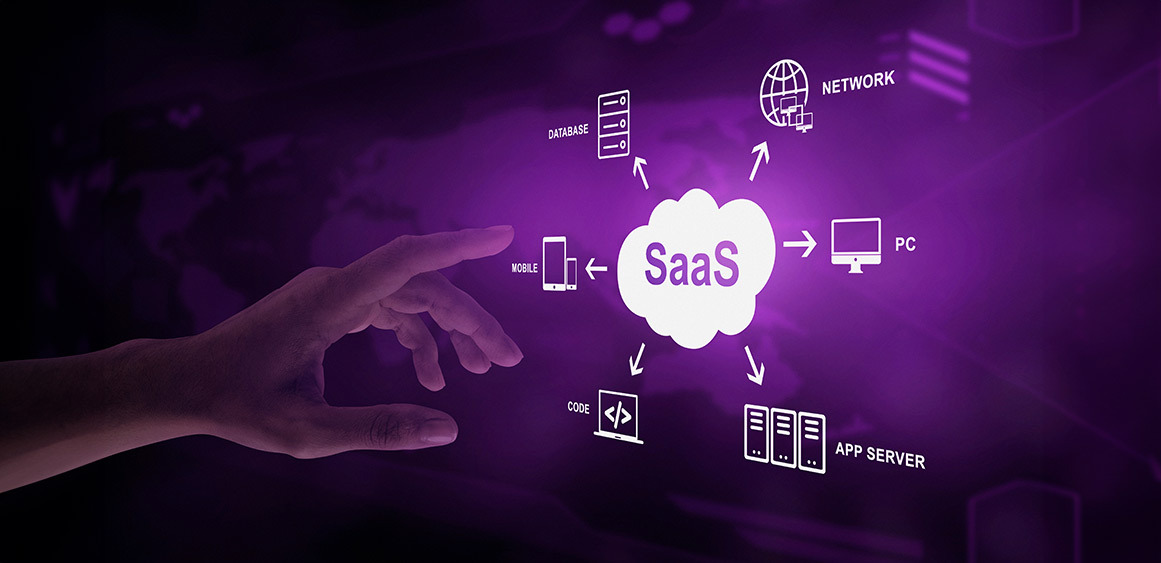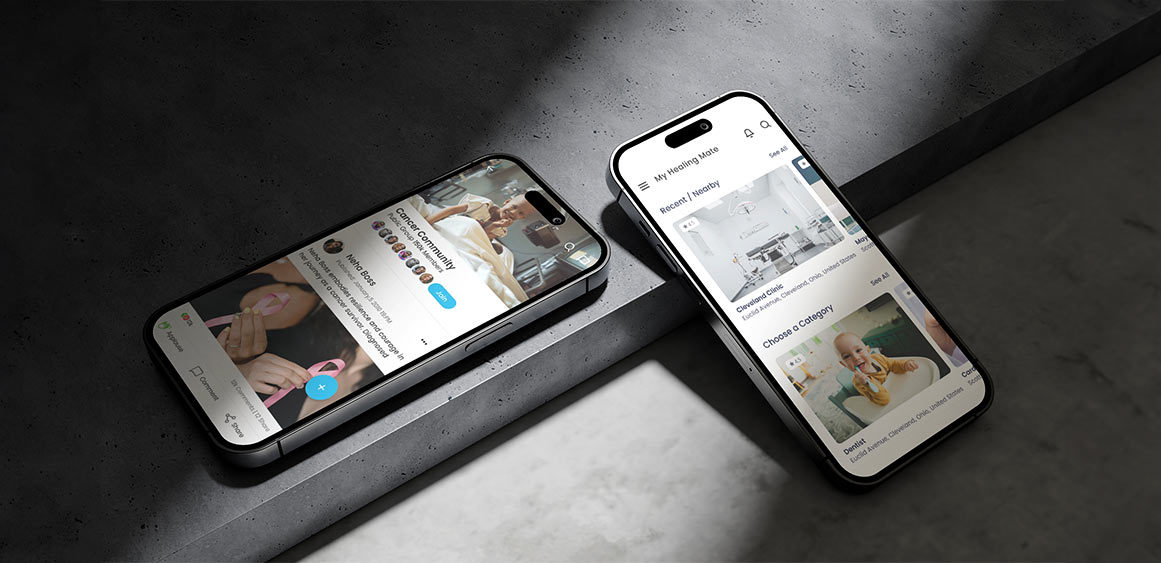Introduction

Software-as-a-Service (SaaS) platforms are transforming how businesses operate and deliver services to their users. From project management tools to customer relationship management (CRM) systems, SaaS solutions power many industries by providing scalable, cloud-based software accessible from anywhere. However, with the increasing number of SaaS platforms available, one factor becomes crucial in differentiating a product: user experience (UX) design.
A well-executed UX design ensures that SaaS platforms are intuitive, engaging, and meet the users’ needs without unnecessary complexity. For businesses, good UX leads to higher user retention, customer satisfaction, and a competitive advantage. In this blog, we will explore the essential UX design strategies that can help create user-friendly SaaS platforms and how these strategies benefit SaaS companies.
Benefits of UX Design Strategies for SaaS

- Improved User Retention: A well-designed SaaS platform provides an intuitive user experience, making it easier for users to navigate and achieve their goals. This reduces friction, which increases user satisfaction and encourages continued usage of the platform.
- Higher Conversion Rates: Clear, easy-to-use interfaces make onboarding processes seamless. This encourages trial users to convert into paying customers by demonstrating the platform’s value quickly and without confusion.
- Reduced Customer Support Costs: When a SaaS product is designed with user experience in mind, users need less guidance and support. A self-explanatory interface reduces the need for ongoing support, lowering operational costs.
- Enhanced Product Adoption: A positive user experience increases the likelihood of product adoption within teams and organizations. The simpler and more enjoyable it is to use a platform, the more users will embrace it, leading to wider adoption and stronger customer loyalty.
- Competitive Advantage: In a crowded SaaS market, platforms with superior user experience stand out. A well-designed product can be a key differentiator, attracting more users and outperforming competitors.
Essential UX Design Strategies for SaaS Platforms
-
1. Simplified Onboarding Process
The first interaction with any SaaS platform is often during the onboarding process. A well-designed onboarding experience ensures users can get started quickly and with minimal effort. Offering guided tours, tooltips, and video tutorials can simplify the process and help users feel more comfortable using the platform.
Key Tips:
- Offer step-by-step guidance for key tasks.
- Use contextual tips to highlight key features without overwhelming the user.
- Provide an option to skip onboarding for experienced users or return to it later.
-
2. Responsive and Mobile-Friendly Design
Given the increasing number of users accessing SaaS platforms via mobile devices, ensuring a responsive design is critical. A user-friendly SaaS platform must provide a seamless experience across different screen sizes and devices without compromising functionality.
Key Tips:
- Prioritize responsive design to ensure that layouts adjust for mobile, tablet, and desktop users.
- Use flexible grids and images that automatically resize based on the screen.
- Maintain a consistent user experience across all devices.

-
3. Clear and Intuitive Navigation
Good navigation is the backbone of any user-friendly platform. If users struggle to find features or complete tasks, they may abandon the product entirely. Navigation should be simple, predictable, and designed in a way that supports user tasks.
Key Tips:
- Use familiar patterns like a top navigation bar or sidebar for quick access to important features.
- Group related functions logically, and keep menus uncluttered.
- Provide a clear search function for users who need to find something quickly.
-
4. Consistency in Design Elements
Consistency in visual and interactive elements helps users build a mental model of the platform, leading to a smoother and more predictable experience. A consistent design system, including colors, typography, buttons, and iconography, contributes to a professional and cohesive look and feel.
Key Tips:
- Maintain a consistent layout across all pages of the platform.
- Use a design system to ensure uniformity in components, such as buttons, input fields, and forms.
- Ensure that feedback (e.g., error messages or success confirmations) is predictable and follows the same styling guidelines.
-
5. Focus on Performance Optimization
A slow-loading SaaS platform can frustrate users and cause them to abandon the product. Performance optimization ensures that the platform runs smoothly, regardless of the user’s device or internet connection, keeping the experience seamless and frustration-free.
Key Tips:
- Minimize the use of heavy graphics and unnecessary animations that can slow down the platform.
- Regularly test and optimize load times, especially for data-heavy SaaS tools.
- Prioritize caching, image optimization, and reducing HTTP requests to improve speed.

-
6. User-Centered Design (UCD)
Understanding user needs is crucial to delivering a valuable experience. Involving users early and frequently during the design process ensures the platform solves real problems. A user-centered design approach helps create products that users love by involving them in every stage—from research to prototyping and testing.
Key Tips:
- Conduct user research to gather insights about users’ goals, pain points, and workflows.
- Develop personas to represent different types of users and keep them in mind when designing features.
- Conduct usability testing regularly to identify areas of improvement.
-
7. Use of Microinteractions
Microinteractions are small, subtle animations or feedback that guide users through tasks. They enhance the user experience by providing cues that indicate the system is responding to user actions. For example, a button changing color after a click or a loading spinner showing progress makes the platform feel more dynamic and engaging.
Key Tips:
- Use microinteractions to provide feedback after key actions like submitting a form or completing a task.
- Keep them subtle and non-intrusive to avoid overwhelming the user.
- Use animations to guide users through complex processes, making interactions more enjoyable.
-
8. Accessible Design
Designing for accessibility ensures that users with disabilities can effectively interact with your platform. Implementing accessible design practices, such as keyboard navigation, screen reader compatibility, and appropriate contrast levels, opens your platform to a broader audience and complies with international accessibility standards.
Key Tips:
- Ensure all elements are keyboard navigable for users who may not rely on a mouse.
- Add alt-text to images for screen readers.
- Use sufficient contrast ratios to make text and UI elements readable for users with visual impairments.
Conclusion
Creating a user-friendly SaaS platform requires thoughtful UX design strategies that prioritize ease of use, performance, and accessibility. By implementing the strategies discussed—such as simplifying onboarding, optimizing navigation, maintaining consistency, and ensuring accessibility—you can create a SaaS platform that delights users and keeps them engaged.
A well-designed UX does more than just make a product look good; it delivers business value by improving retention rates, increasing user satisfaction, and driving product adoption. In a competitive SaaS market, investing in superior UX design is not just an option but a necessity to stay ahead and thrive. Let Fineart Design Agency help you create a user-friendly SaaS platform that resonates with your audience and fosters long-term success



